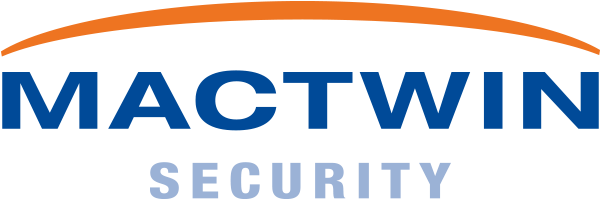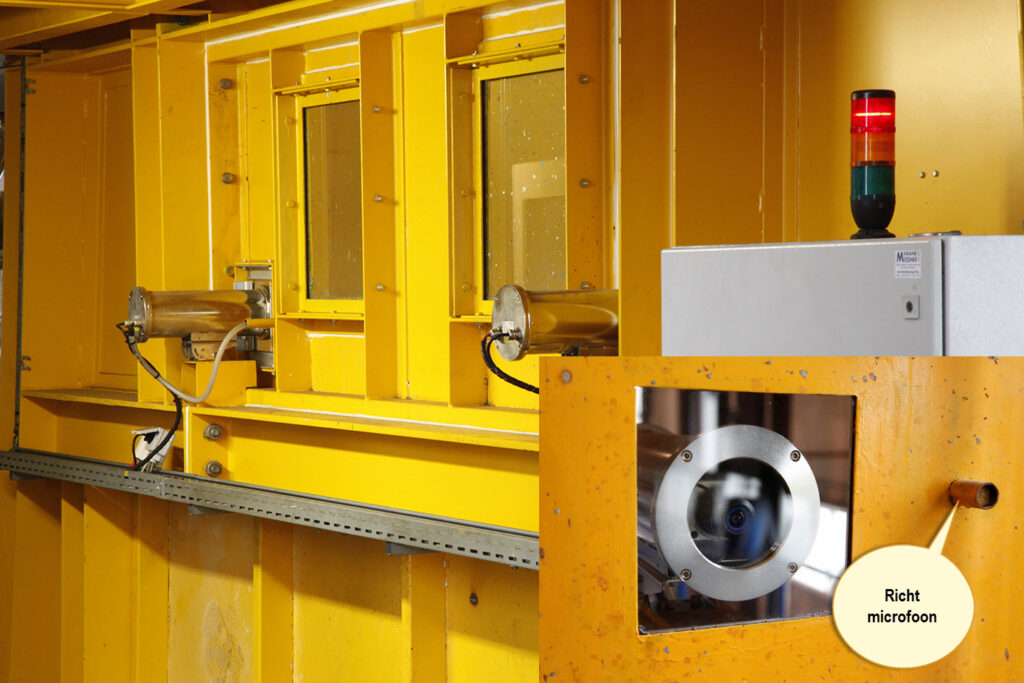Video surveillance is a well-known phenomenon. Security cameras are deployed as a measure against crime: monitoring people and goods. However, these security cameras are just as often used for entirely different applications where they are equally useful. In this article, you will learn how cameras can monitor processes in a production environment.
Footage from security cameras is displayed on screens 24/7 or recorded onto hard drives. In the event of an incident, the recorded images can be used to analyze the event afterward and for investigative or legal purposes. In recent years, security cameras have become increasingly powerful and versatile, making them suitable for a wide range of applications. Smart cameras, for example, can perform tasks such as counting and tracking people and objects. The data from these systems can be highly valuable not only for security but also for business operations. A
Quality control in production environments
In a modern production company, processes sometimes move so fast that cameras are used for quality control. Special software can check the shape and color of products. By linking the camera system to the process, it can stop if defective products are detected, either for manual removal or automatic removal from the production line. This rapid and accurate detection is made possible by the high frame rate and light-sensitive image sensors of today’s cameras.
License plate recognition for barcodes
peed is also crucial in license plate registration. The Optical Character Recognition (OCR) of license plate registration software is therefore also suitable for reading barcodes on packages and products. Conversely, an existing barcode scanner can be linked to the Video Management System to create ‘bookmarks,’ allowing the recorded images of specific packages/products to be easily and quickly found. With the current generation of light-sensitive megapixel cameras, processes can even be monitored in dark conditions in great detail. Live camera footage provides real-time insight into the process, while recorded images can help analyze incidents afterward; for example, when did the product fall off the conveyor belt, and why?
Video content analysis
A camera system with Video Content Analysis adds even more value. The proven ‘cross line’ detection algorithm can be used to signal falling products from a conveyor belt, ‘movement in zone’ detection to signal objects ending up where they shouldn’t be, and ‘counting’ to tally products. These algorithms can, of course, be used not only for objects but also for people. When this information is linked to other security or process monitoring systems, suspicious or dangerous situations can be detected.
Overload detection
Manufacturers are now combining the power of thermal cameras with the features of optical cameras in so-called combi-cameras: an optical and thermal sensor in one housing. Such a camera can be used, for example, to measure abnormal temperature increases very accurately, which might result from the overload of machines or electrical installations. The optical lens allows the situation to be quickly assessed remotely through regular camera footage. These cameras are used in waste processing facilities, where fires regularly break out due to smoldering. By using thermal and combi-cameras, smoldering can be detected very quickly and accurately, long before a fire actually starts. Smoke detectors are usually not an option because they are too slow, and the space is too large.
Safety and security functions
In industrial environments, a camera system can, of course, also serve a safety and/or security function. For example, it can detect workers entering a hazardous zone of the production process. At night, a different profile in the camera can be activated (automatically through a time setting), switching the function from process monitoring to security. The system can then detect unauthorized or malicious individuals on the premises.



